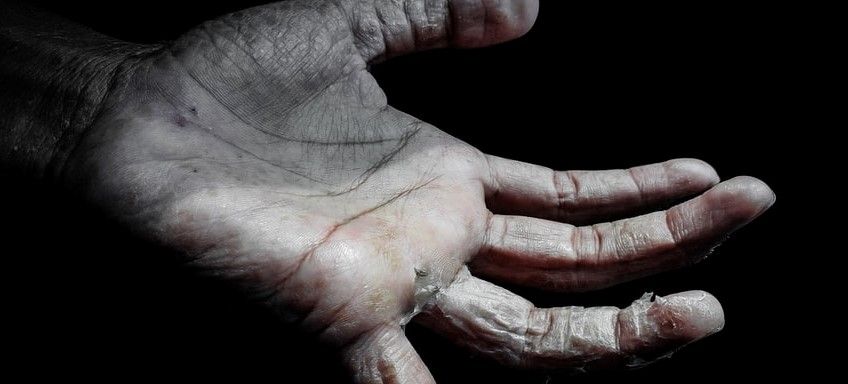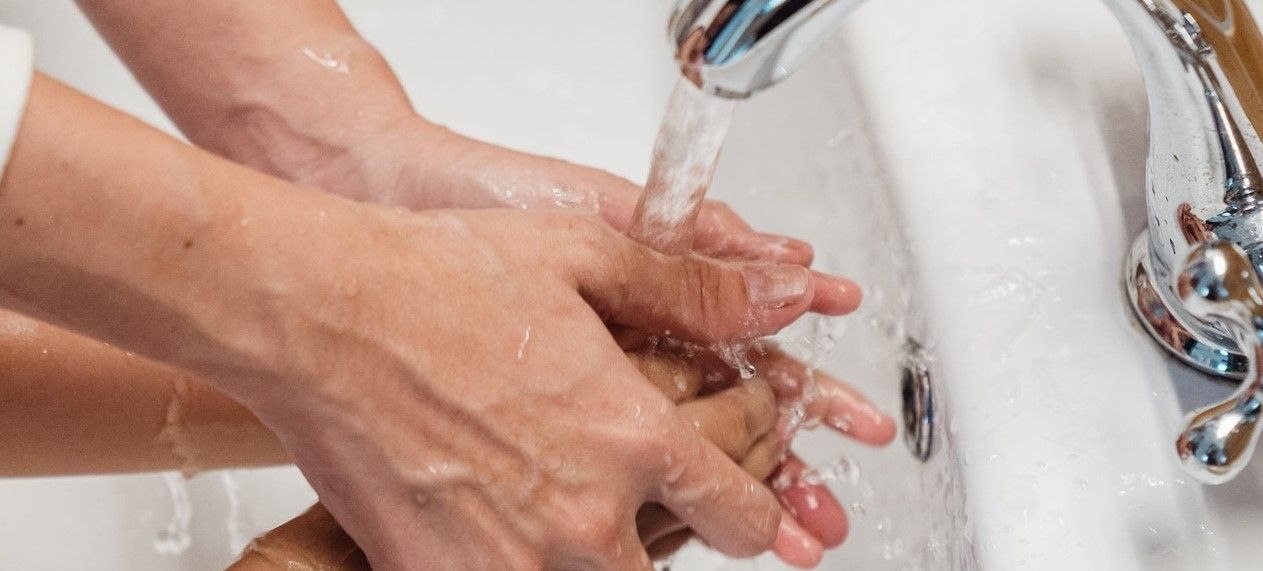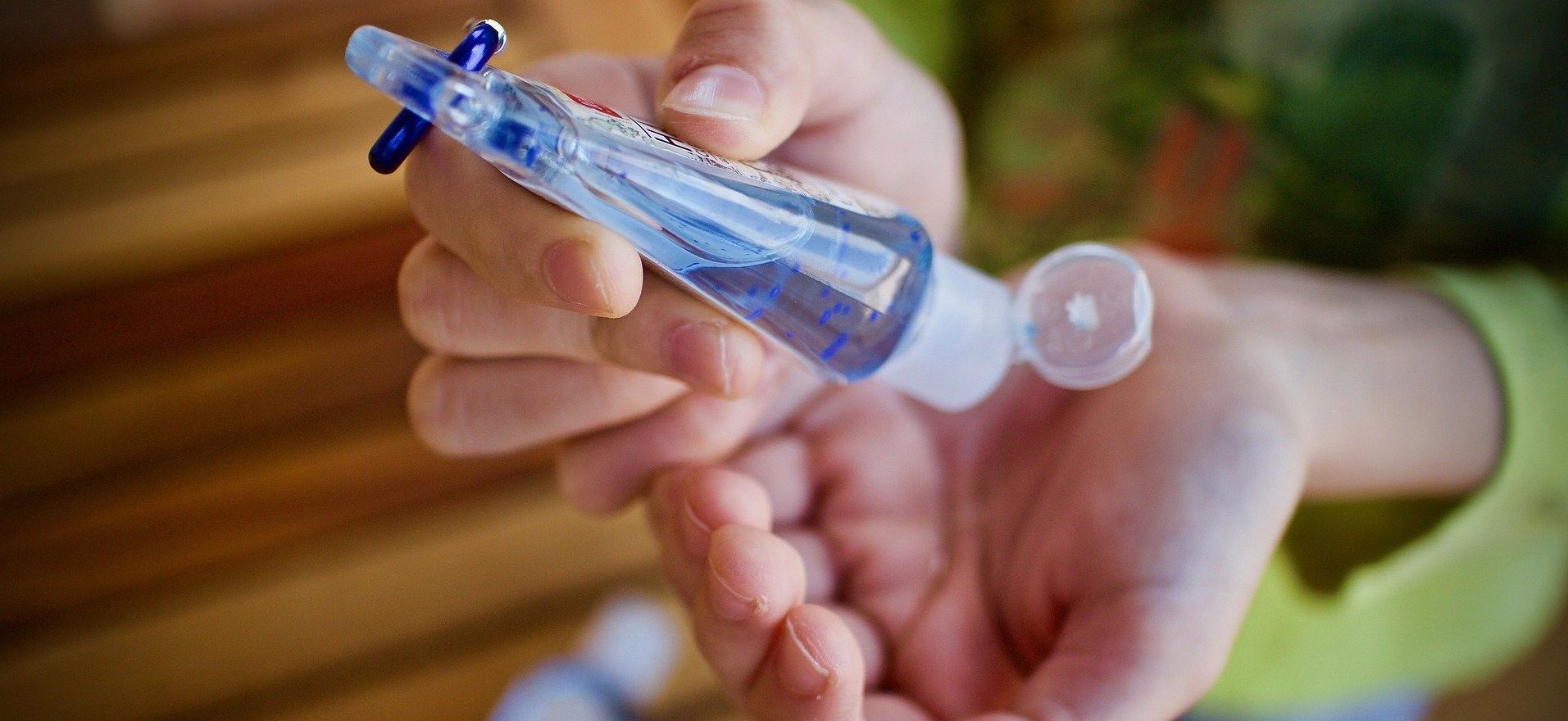Of all the minor setbacks created by the coronavirus pandemic, one of the most painful has been the need to wash hands and use sanitiser more frequently.
While this has helped to keep everyone bacteria and virus free, it has also brought on a wave of dried hands and cracked skin, especially in colder months.

Besides the boost in demand for hand cream and moisturisers, the situation has also renewed the debate over soap versus disinfectant, and asks the question;
Which dries out hands more; hand sanitiser or soap and water?
The good news is that a group of dermatologists have finally put an end to the discussion, finding that water dries out skin MORE than hand gels.
“If someone washes their hands very often, the pH of the skin can change. Soap dissolves the fatty layer of the skin, which is a protective layer, and as a result, your skin can become vulnerable, ” explains Miklos Sardi, head of the Deprtment of Dermatology at Semmelweis University in Hungary. “But hand sanitisers hardly dissolve the fat layer, they do not irritate skin, but perfectly destroy bacteria and viruses.”

As severely cracked skin can not only be painful but also expose the sufferer to infection, dermatologist Christina Chernush recommends using milder soaps or alternating hand washing with hand gels in extreme cases.
“There are already such hand washing products that can protect this important layer of the skin at least slightly better than regular soap,” she said. “At the same time, they also nourish the skin. But, most importantly, after each treatment, we must then use a body lotion or cream for hands.”
The team is also quick to highlight that if a hand gel is causing significant complaints, then the user may be suffering from an allergic reaction to one of the ingredients. They therefore advise using simpler hand gels and sanitisers, especially those with little or no fragrance, and those which do not contain essential oils.
Other advice, for those suffering from dry skin on their hands includes;
1. Washing hands with warm (not hot) water.
2. Keeping finger nails short (to both limit germs kept there and reduce the effect of scratching).
3. Using overnight wet glove treatments.
4. Avoiding skin contact with wool or synthetic fabrics, fabric softener sheets, and scented laundry detergents.

While hand sanitiser is not the perfect replacement for soap and water, it can be highly effective against bacteria and viruses, and is essential for when people are not near a bathroom. For example, when getting on or off public transport, when entering or leaving a shop, or before consuming food and drinks ‘on the go’.
In these situations, hand sanitisers are a fundamental tool for staying healthy.
To ensure complete confidence in your hand sanitiser product, ensure that it contains at least 70% alcohol by volume.
Weaker solutions may contain as little as 30% alcohol, which are sufficient to slow down the reproduction rate of pathogens and perhaps destroy a large number of the bacteria and viruses, but some will survive. Homemade products made from spirits may be even less effective.
If you are uncertain if your hand sanitising products meet these standards, then look for a trusted supplier of hand sanitising products. AG PROTECT, who sponsor this page, are manufacturers of a wide range of personal sanitising and disinfecting products which all meet EU standards.
To find out more about how they can help keep you and your family virus-free, visit AG PROTECT.
Photo credit: Ketut Subiyanto from Pexels, Rama Widya from Pixabay, Clker-Free-Vector-Images from Pixabay, Luisella Planeta Leoni from Pixabay, & Nazmi Zaim on Unsplash